Understanding Papal Conclaves: History, Secrecy, And The Election Of The Pope
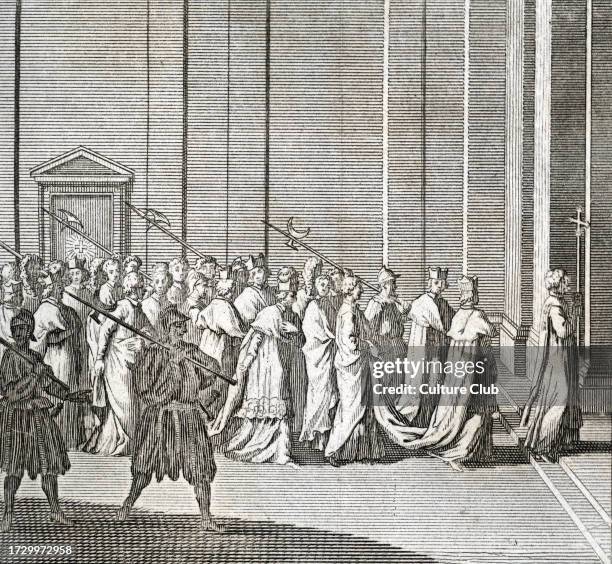
Table of Contents
A History of Papal Conclaves: From Early Practices to Modern Procedures
The Papal Conclave's evolution is a fascinating journey through centuries of ecclesiastical politics and evolving procedures. Early methods of papal election were far less formalized than the modern process. The selection of a new Pope wasn't always the carefully orchestrated event we see today.
- Early methods of papal election: Initially, the election process was often characterized by acclamation, with the clergy simply declaring a successor. Other times, the election involved a more complex process with participation from various church officials and even lay people.
- The emergence of the conclave as a defined process: The concept of a conclave, meaning "with a key" – implying a locked gathering – gradually emerged in the 13th century as a response to concerns about outside influence and corruption in the election process. The need for a more structured and secure environment became paramount.
- Key historical conclaves and their impact: Throughout history, specific conclaves have held significant importance. The conclave of 1268, famously lasting almost three years, highlights the challenges and potential for deadlock in the process. Conversely, the swift election of John Paul II in 1978 demonstrated the possibility of a rapid and decisive conclusion.
- Changes and reforms throughout the centuries: Over the centuries, numerous reforms were implemented to regulate the conclave procedure. Rules regarding voting, the confinement of cardinals during the process, and the elimination of certain methods of election were all introduced to improve fairness and transparency.
- The impact of the Second Vatican Council on conclave procedures: The Second Vatican Council (1962-1965) brought about significant changes, modernizing the Papal Conclave process. The council streamlined the election process while maintaining the core elements of tradition and secrecy.
The Secrecy of the Papal Conclave: Maintaining Confidentiality and Preventing Influence
The secrecy surrounding the Papal Conclave is not merely a matter of tradition; it is a crucial element safeguarding the integrity of the election. This deliberate veil of confidentiality serves several vital purposes:
- Preventing external influence and pressure on the cardinals: Secrecy protects the cardinals from undue pressure from political figures, special interest groups, or even public opinion. This allows for a truly free and independent election.
- Ensuring freedom of conscience and open deliberation among the electors: The secluded environment of the conclave fosters open dialogue and debate among the cardinals without external interference. It promotes the thoughtful selection of a candidate based solely on his merits and suitability for the papacy.
- Maintaining the sanctity and integrity of the election process: Strict secrecy reinforces the faith in the fairness and impartiality of the Papal Conclave, assuring the faithful that the election is conducted without manipulation or bias.
- Specific rules and protocols designed to uphold secrecy: Modern conclaves enforce strict rules, including a prohibition on electronic communication and a controlled flow of information both into and out of the conclave.
- The historical significance of secrecy in maintaining church authority: The tradition of secrecy underscores the authority and independence of the Church, demonstrating its capacity for self-governance and resistance to external pressures.
The Role of the Cardinals in the Papal Conclave: Electors and Their Responsibilities
The cardinal electors are the central figures in the Papal Conclave. Their role is crucial, demanding both immense responsibility and unwavering dedication to the process.
- The number of cardinal electors and their selection: The number of cardinal electors varies depending on the number of cardinals under the age of 80. Only these cardinals are eligible to vote.
- The process of electing the next Pope (ballot voting, two-thirds majority): The election process involves secret ballots, with each cardinal voting for their chosen candidate. A two-thirds majority is required for a valid election.
- The cardinals' responsibilities for maintaining secrecy and order: The cardinals are bound by a strict oath of secrecy, and any breach of this confidentiality is a severe offense.
- The role of the conclave master of ceremonies: The master of ceremonies guides the proceedings, ensures the adherence to protocol, and oversees the voting process.
The Election Process: From the Beginning to the White Smoke
The election of a new Pope is a meticulously planned and executed ritual. The entire process unfolds with precision and gravity.
- The opening ceremonies of the conclave: The conclave begins with a formal opening ceremony, with prayers and rituals marking the commencement of the election.
- The voting process (ballots, counting, etc.): The cardinals cast their votes secretly. These ballots are meticulously counted, and the results are verified before the next round of voting begins.
- The significance of the white smoke signal: The iconic white smoke that signals the election of a new Pope is a visible sign to the world, a powerful moment signifying the completion of this crucial process.
- The announcement of the new Pope ("Habemus Papam!"): The announcement, “Habemus Papam!” (“We have a Pope!”), is met with worldwide anticipation and excitement.
- The papal inauguration and installation: Following the election, the new Pope is officially inaugurated and installed as the head of the Catholic Church.
Conclusion
The Papal Conclave is far more than a simple election; it's a complex ritual steeped in history, tradition, and profound religious significance. Its secrecy is not merely a tradition but a vital mechanism for safeguarding the integrity and independence of the process, ensuring the election of a Pope free from external influence. Understanding the Papal Conclave, from its historical evolution to the modern intricacies of the election process, is key to appreciating its vital role in the continuity and leadership of the Catholic Church. We encourage you to delve deeper into the fascinating world of the papal election, exploring resources such as the Vatican website and historical accounts of past conclaves to gain a more comprehensive understanding of this significant event. Further research into the conclave process, the election of the Pope, and the historical papal elections will illuminate the continuing significance of this vital process in Catholic life.

Featured Posts
-
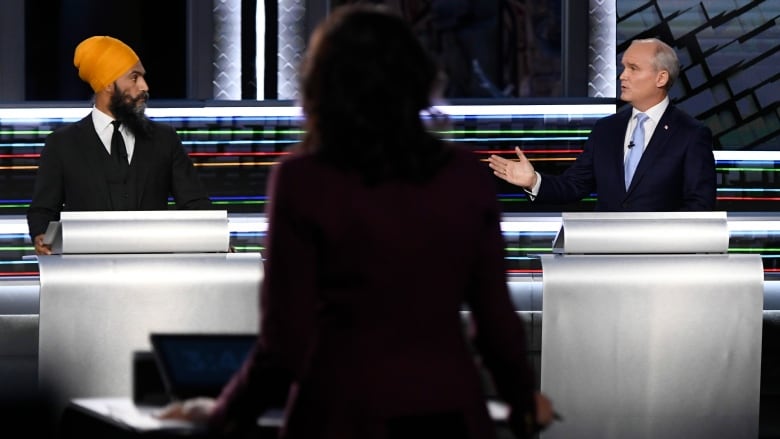 The English Language Leaders Debate 5 Economic Issues That Matter
Apr 22, 2025
The English Language Leaders Debate 5 Economic Issues That Matter
Apr 22, 2025 -
 Review Razer Blade 16 2025 Ultra Performance In An Ultra Thin Design
Apr 22, 2025
Review Razer Blade 16 2025 Ultra Performance In An Ultra Thin Design
Apr 22, 2025 -
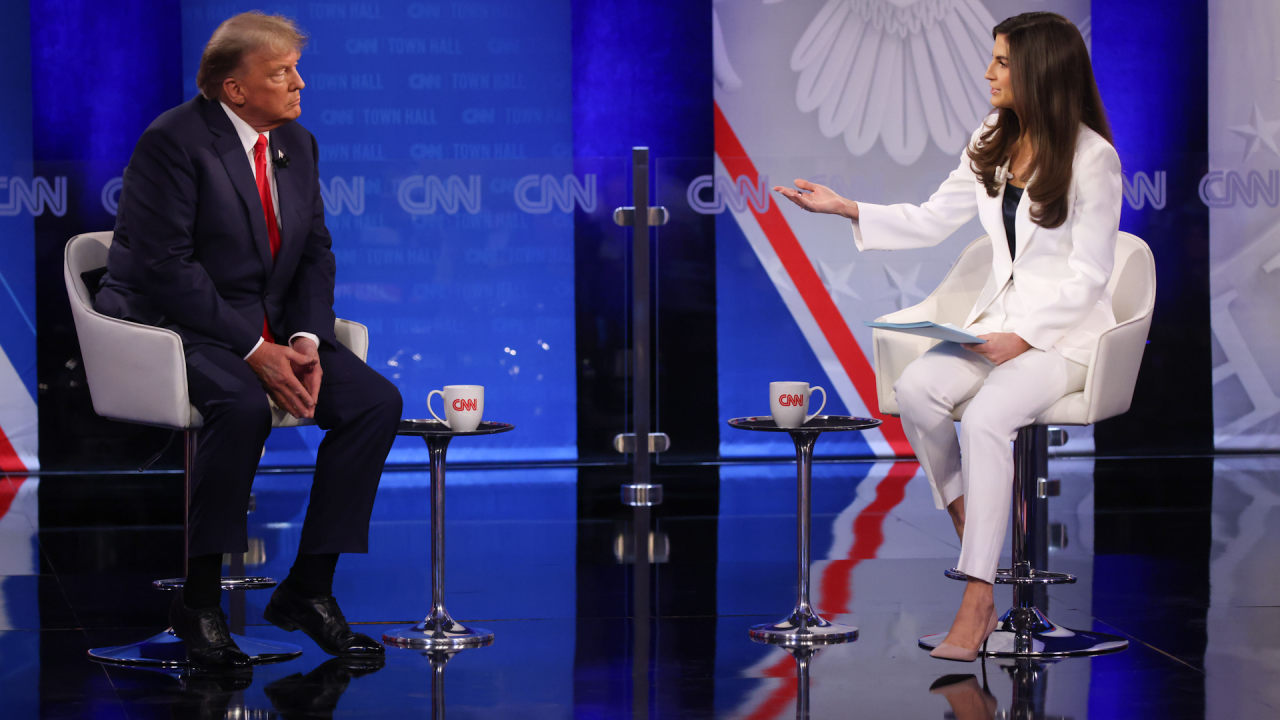 Kyivs Decision Point Evaluating Trumps Plan To End The Ukraine War
Apr 22, 2025
Kyivs Decision Point Evaluating Trumps Plan To End The Ukraine War
Apr 22, 2025 -
 Analyzing The Impact Blue Origins Struggles Compared To Katy Perrys Career Trajectory
Apr 22, 2025
Analyzing The Impact Blue Origins Struggles Compared To Katy Perrys Career Trajectory
Apr 22, 2025 -
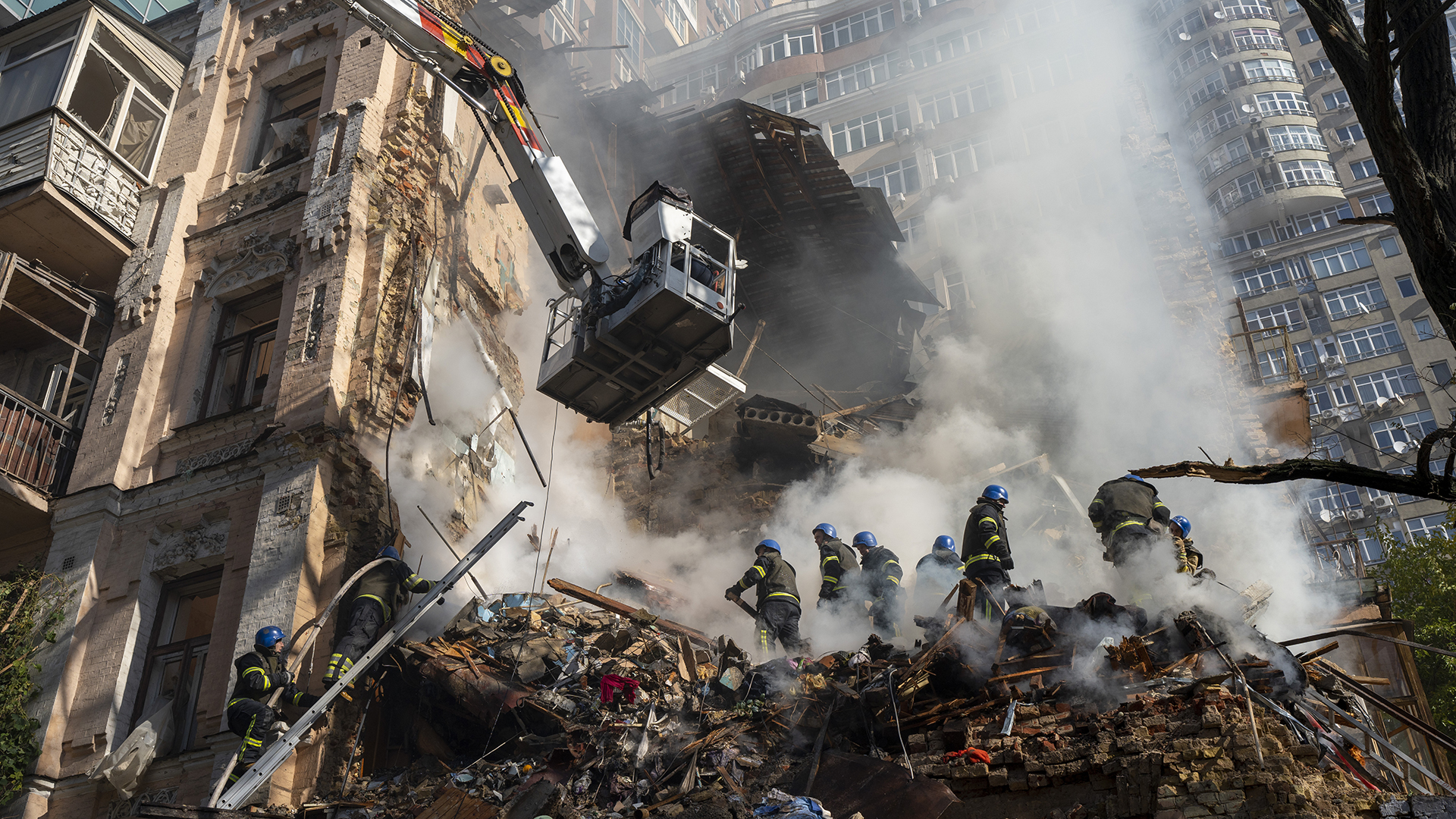 Ukraine Conflict Kyivs Response To Trumps Peace Plan
Apr 22, 2025
Ukraine Conflict Kyivs Response To Trumps Peace Plan
Apr 22, 2025
Latest Posts
-
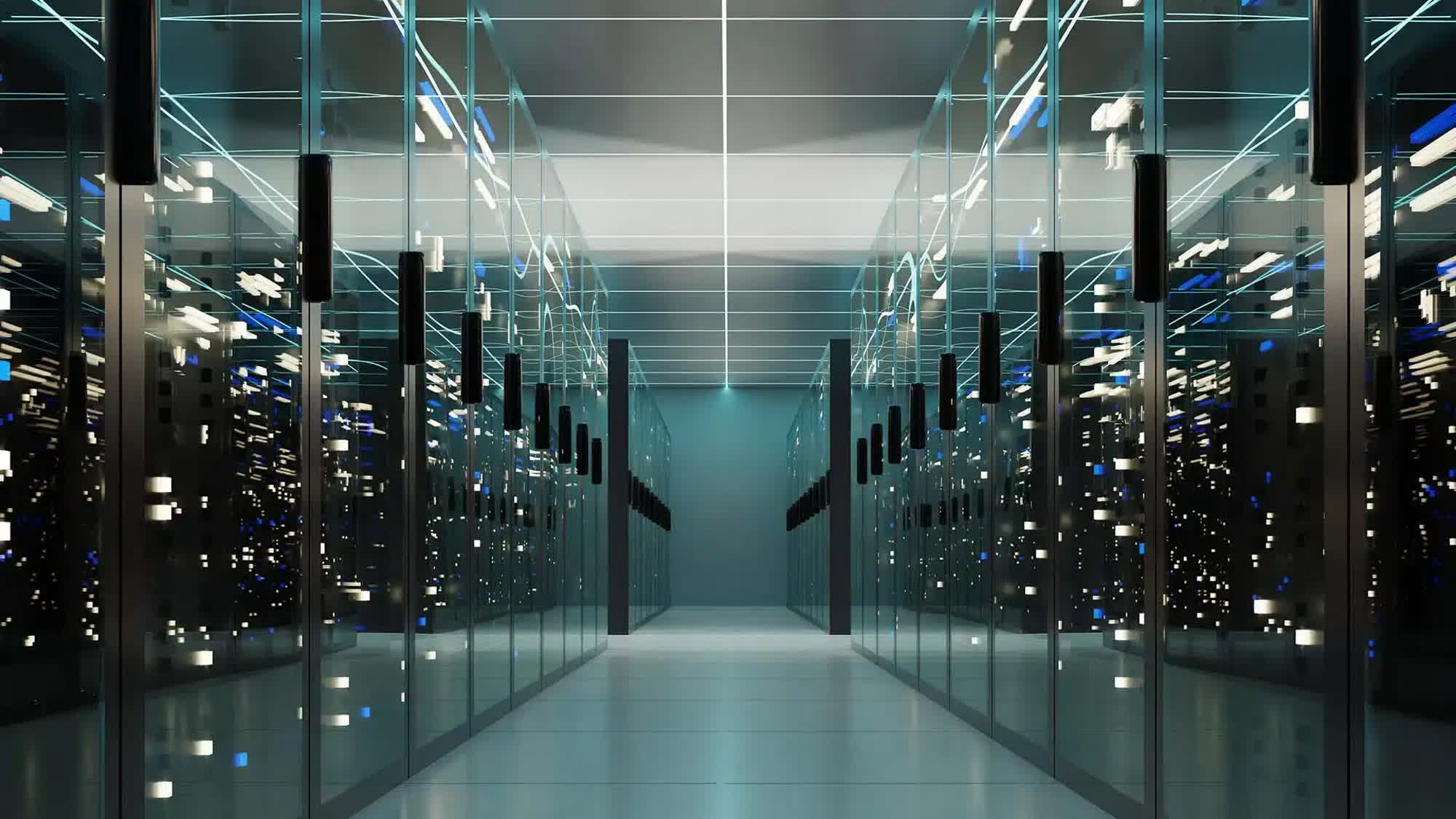 Broadcoms Extreme Price Hike On V Mware A 1 050 Jump Says At And T
May 10, 2025
Broadcoms Extreme Price Hike On V Mware A 1 050 Jump Says At And T
May 10, 2025 -
 Extreme V Mware Price Hike At And T Highlights Broadcoms 1 050 Increase
May 10, 2025
Extreme V Mware Price Hike At And T Highlights Broadcoms 1 050 Increase
May 10, 2025 -
 1 050 V Mware Price Increase At And T Challenges Broadcoms Proposal
May 10, 2025
1 050 V Mware Price Increase At And T Challenges Broadcoms Proposal
May 10, 2025 -
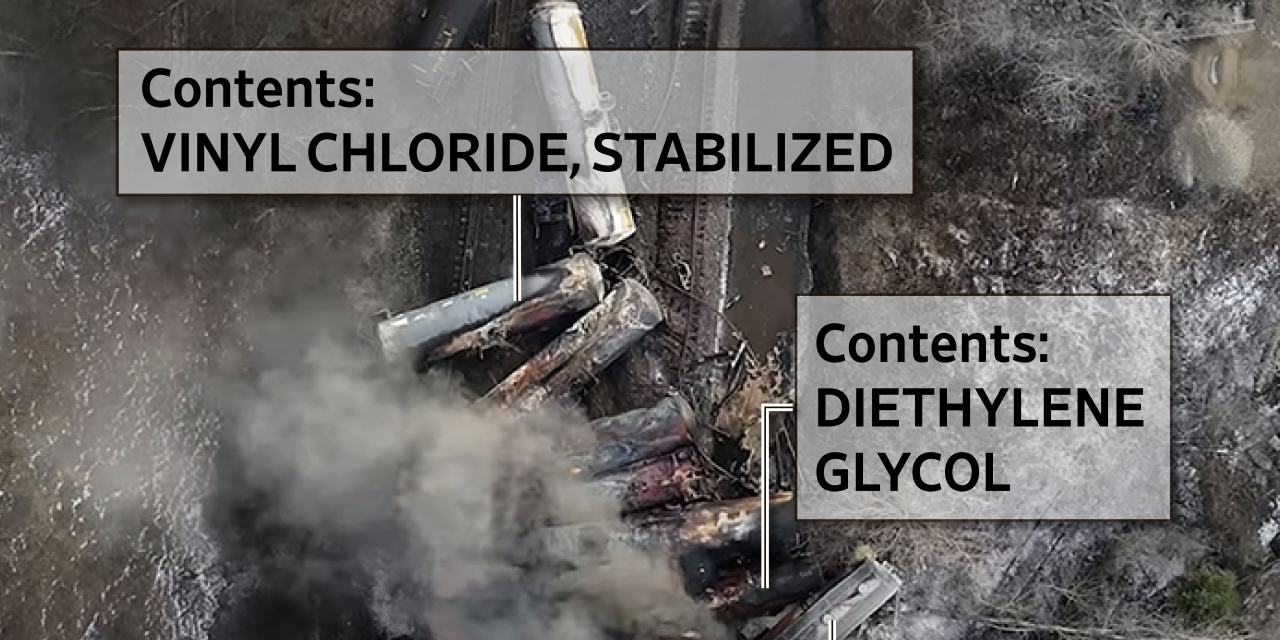 Ohio Train Derailment Persistence Of Toxic Chemicals In Buildings
May 10, 2025
Ohio Train Derailment Persistence Of Toxic Chemicals In Buildings
May 10, 2025 -
 Three Years Of Breaches Cost T Mobile 16 Million In Fines
May 10, 2025
Three Years Of Breaches Cost T Mobile 16 Million In Fines
May 10, 2025
